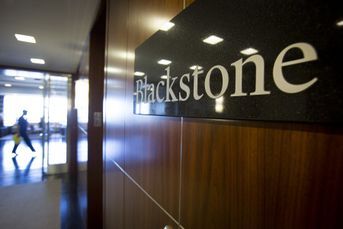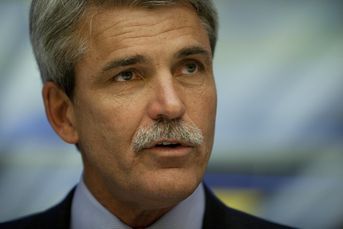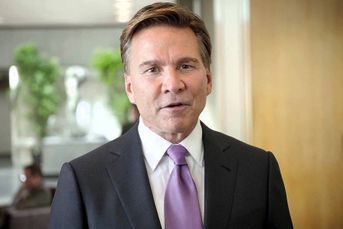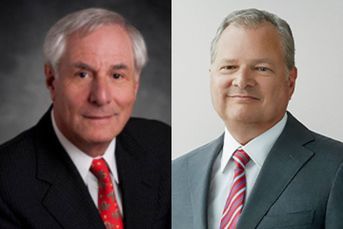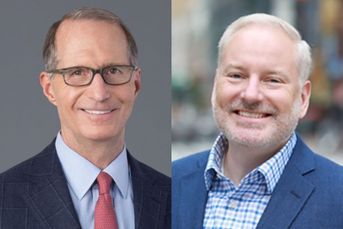Independent broker-dealers fastest-growing brokerage group

IBDs registered a five-year compound annual growth rate in assets of 11%, almost double that of wirehouses, Cerulli reports.
Independent broker-dealers saw the greatest asset growth over the past five years compared with other types of broker-dealers, according to new research from industry consultant Cerulli.
IBDs posted a compound annual growth rate in assets of 11%, nearly double that of wirehouses, whose growth rate was 6% over the period, Cerulli said. Assets at IBDs surged to $3.5 trillion, up from $2.8 trillion over the five-year period.
IBDs also edged out retail bank broker-dealers, as well as national and regional broker-dealers, which posted five-year growth rates of 9%, according to Cerulli.
Cerulli’s universe of retail financial advisers, including brokers registered with the Financial Industry Regulatory Authority Inc., is over 300,000 individuals. Its latest report is titled, “U.S. Broker/Dealer Marketplace 2018: Escalating Margin Pressure.” Ed Louis, senior analyst, was the lead writer on the report.
IBDs have the second-largest number of advisers, with 59,361, a total that increases to an industry-leading 86,779 when including hybrid registered investment advisers.
Wirehouse advisers are the highest producing in the industry, typically generating on average more than $1 million in annual fees and revenues. Advisers and brokers at large IBDs may average 30% to 40% of those annual revenues.
Advisers working at wirehouses are employees, while those registered at IBDs are paid as independent contractors, hence the industry moniker for those types of firms.
The wirehouse and IBD models appear to be on different paths, Cerulli noted. The four wirehouses, Merrill Lynch, Morgan Stanley, UBS Financial Services Inc., and Wells Fargo Advisors, have, for the most part, placed less emphasis on recruiting advisers.
“The key to increasing revenues [at the wirehouses] is ensuring assets don’t leave,” according to Cerulli. “Each firm is also emphasizing retaining talent, even if it means exiting the broker protocol,” an industry agreement of more than 1,000 firms that makes it easier for an adviser to leave one employer for another. Last year, Morgan Stanley and then UBS exited the protocol, slowing down advisers moving from one firm to another. And 2017 also saw an increase in large IBDs successfully recruiting advisers from the wirehouses, according to InvestmentNews data, likely boosting the asset growth at such firms.
Compared with the wirehouses, certain types of independent broker-dealers, which Cerulli breaks down into four categories, are seeing the highest rates of asset growth and have stuck to recruiting.
Cerulli identifies those firms as “institutional IBDs,” and although there are only 24 in total, they control 49% of the IBD channel’s advisers and 59% of the assets. That group, which includes the IBD industry’s most prominent players such as LPL Financial, Ameriprise Financial Services and Raymond James Financial Services Inc., “continues to benefit from national scale and brands as well as increasing adviser counts through impressive recruiting efforts and large acquisitions,” according to Cerulli. That group of IBDs posted a five-year asset growth rate of 11.2%.
The IBD group with the highest five-year growth rate is dubbed “the niche” firms in the report. Cerulli counts just 14 such firms, including Captrust and Cetera.
These firms “continue to benefit from focusing on specific niches or products, for example, retirement plans,” according to the report. Such firms posted a 13.7% five-year growth rate, according to Cerulli, and control just 11% of the IBD channel’s advisers and 14% of assets, but they also have the most productive advisers in the group. On average, those “niche” advisers have $50 million in client assets compared with $40 million for other brokers and advisers in the IBD channel, according to Cerulli.
Cerulli identifies the other two IBD segments as “true,” which are smaller and posted a five-year asset growth rate of 5.4%, and “insurance legacy,” or those affiliated with an insurance company, which had a 6.9% growth rate.
Learn more about reprints and licensing for this article.

